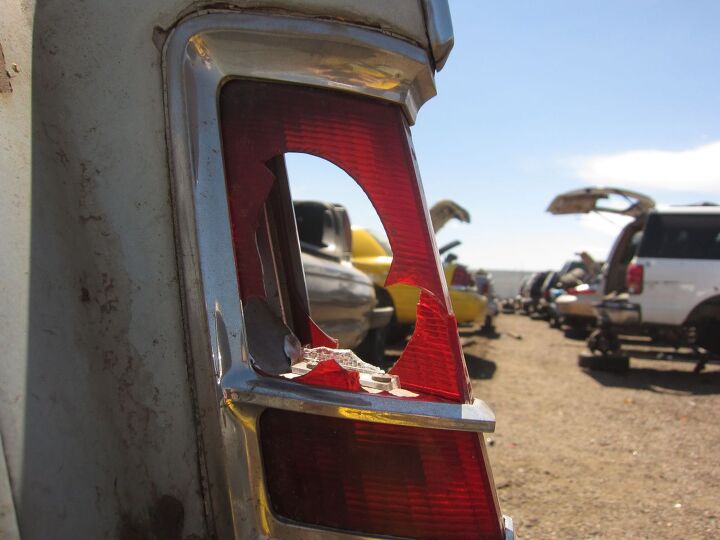#LincolnContinentalMarkIII
Rare Rides Icons: The Lincoln Mark Series Cars, Feeling Continental (Part IX)
Our Lincoln Mark Series coverage continues today, and we pick up at the end of 1958. After Ford dumped many millions into the Continental Division and quickly shut it down, the company then spent a lot more money to develop an all-new unibody platform for Lincoln’s usage. In an attempt to woo customers away from Cadillac, the new Lincolns for 1958 wore some of the most shocking styling ever to come from Detroit.
All three of Lincoln’s new “models” were really just trim levels of the same car. Said models included Capri, Premier, and the top-tier Continental Mark III, which was not a Continental except in trim badges. At least it had a Breezeway window! At the 1958 launch of Lincoln’s new unibody line there was a steep recession across the globe, as lots of Americans decided they didn’t actually need a new car every year or two. Nevertheless, the Continental Mark III made up 62 percent of Lincoln’s sales that year. Lincoln veered off on a revised course in 1959, hoping to improve its lot with some more “new” models.
Rare Rides Icons: The Lincoln Mark Series Cars, Feeling Continental (Part VIII)
With the Continental Division dead, a cost-weary and (newly) publicly traded Ford Motor Company headed into the 1958 model year determined to unveil a solid luxury car showing against its primary rival, Cadillac. However, the “Continental Mark III by Lincoln” was a Continental in name only: It wore the same metal and was produced at the same new factory, Wixom Assembly, as the rest of the Lincoln models (Capri, Premiere) that year.
Brass at Ford hoped the Continental name on the Mark III would make customers believe it was something special, like the Cadillac Eldorado with which it competed. As mentioned last time, aside from its Continental name, the Mark III for 1958 used One Simple Trick to lure buyers into its leather seats: a Breezeway window. First up today, pricing problems.
Rare Rides Icons: The Lincoln Mark Series Cars, Feeling Continental (Part VII)
The Continental Division was in a very difficult place when it designed an all-new Mark III as the (sedan only) replacement for the slow-selling and super expensive Continental Mark II coupe. As we learned last time, shortly after the Mark II went on sale the Continental Division was already on its last legs. It continued to lose money hand over foot after Ford’s huge initial investment and was doomed to a quick closure.
And so it was the 1956 and 1957 Mark IIs became the only Continental Division product and the only Marks that were hand-assembled in a factory-built, especially for Continental. After Continental’s closure, Ford’s new VP of passenger vehicles Lewis Crusoe quickly dismantled the division and integrated its employees into Lincoln. The Continental factory became the Edsel factory, and the three extant Mark III prototypes became a burden.
Junkyard Find: 1970 Lincoln Continental Mark III
We’re going to take a break from the Turbo Era Junkyard Finds and take a look at the kind of car that our resident lover of Ford personal luxury coupes really appreciates: a down-but-not-out (yet) 1970 Mark III in Denver self-service wrecking yard.



















Recent Comments